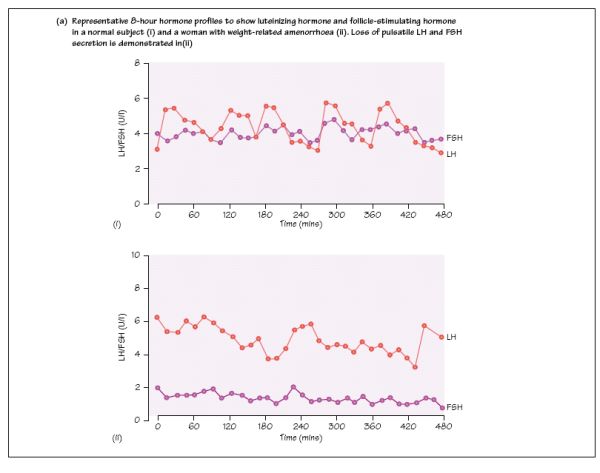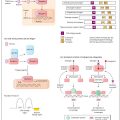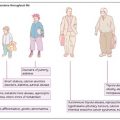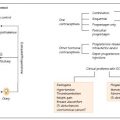
A 19-year-old history student, CV, presented to her university health centre requesting oral contraception. The GP noticed that she appeared very thin and enquired about her menstrual history. CV explained that her periods started when she was 15 and although she had regular cycles for about 1 year, during her time in the 6th form they had become very intermittent and had finally stopped altogether when she was 17. She was conscious of her appearance and liked being thin. She had started running for exercise during her schooldays and generally ran 10 miles four or five times a week and went to the gym several times weekly. On examination her body mass index was 16.5kg/m2. She had normal secondary sexual characteristics and there were no other abnormal physical findings. Biochemistry showed LH 1.2U/L, FSH 0.9U/L, estradiol 54nmol/L and prolactin 235 mU/L. A diagnosis of hypothalamic amenorrhoea associated with low weight and excessive exercise was made. After discussion she agreed to try and gain weight and 1 year later her body mass index was 20.5 kg/m2 and her periods had resumed.
Disorders of reproductive function in females present with menstrual irregularity (Table 29.1).
Primary amenorrhoea and delayed puberty should always be investigated as in the majority of cases a serious underlying cause will be found and must be treated (Table 29.2).
Secondary amenorrhoea. There are a number of causes of secondary amenorrhoea (Table 29.3), all of which rarely present as primary amenorrhoea. In all cases, careful history and examination is essential, combined with appropriate endocrine investigations to establish the cause. Patients with primary ovarian failure may have a history of other autoimmune disorders or of previous therapy for malignant disease. Patients with prolactinomas usually present with associated features of prolactin excess, such as galactorrhoea.
| Type | Characteristics |
| Primary amenorrhoea | Definition – absence of menses by the age of 16 years |
| Rare – all cases should be thoroughly investigated | |
| Causes of secondary amenorrhoea may present as primary amenorrhoea | |
| Secondary amenorrhoea | Definition – absence of menses for 6 months or more in a woman who has previously menstruated |








